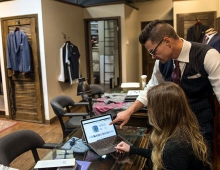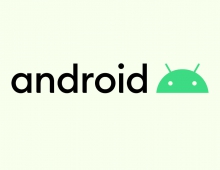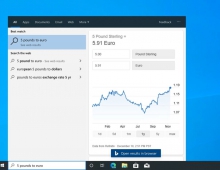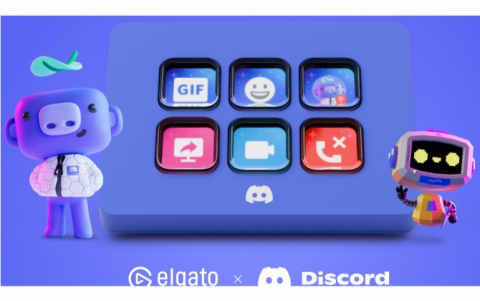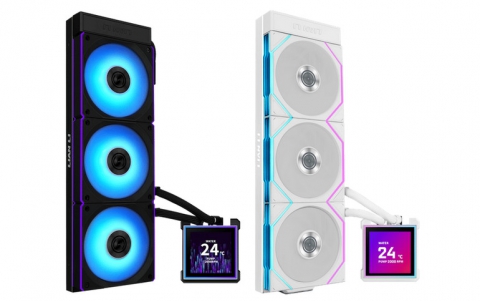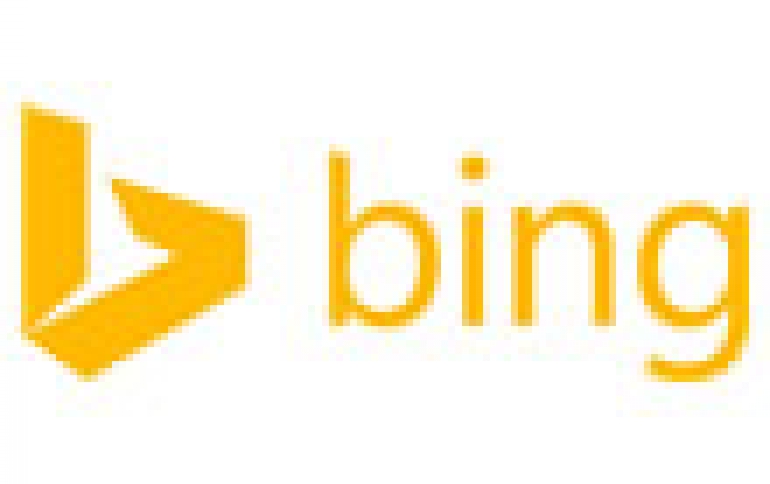
New Logo And Features For Microsoft Bing
Microsoft unveiled a redesigned logo for its search engine, along with a refreshed homepage design. But changes also go beyond the cosmetic by introducing new features, in an effort to compete with Google.
Microsoft rebuilt Bing.com with a new, modern design focused on simplicity, speed and visual appeal.

The brand features a simpler typeface ?created to be simple, real and direct? that better matches the font used on other Microsoft products, Scott Erickson, senior director, brand and creative at Microsoft, wrote in a blog post.
The company also introduced Page Zero, a new function in Bing that helps a user get an answer or take an action before they even see the first results page. Bing is doing this by showing key tasks associated with the query while they're typing. This provides important information and services to them quickly, but enables them to see what kinds of things they can explore on Bing and across the Web. For example, if you type Katy Perry, Bing understands what you're looking for before you've even searched and give you a quick glance of who she is and suggest other popular search tasks associated with the singer.
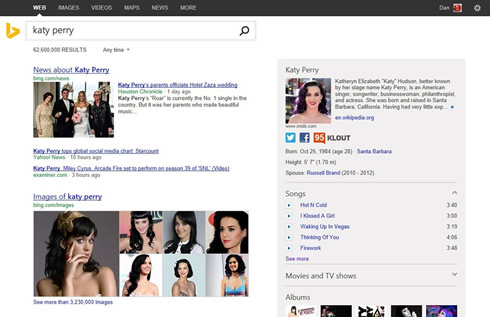
Page Zero can also help users find what they are looking for faster through "intelligent disambiguation". This is another way of saying if Bing understands there are two similarly named people or things, so the search engine gives you the choice of picking the one you want for the most relevant results. For example, if you're searching for "jon stewart" You could be talking about the show or the host.
The new Bing also introduces a new surface area at the top of the page called "Pole Position" for results where the search engine has high confidence on a user's intent. When Bing knows that someone wants images of a celebrity, is looking for a specific fact or needs a detailed view of the weather in a particular city, Bing now provides a much larger answer integrated at the top of the page. This space will be evolving to enable users to take an action or dig deeper into that topic. To create this feature, Microsoft leveraged its experience with delivering structured data and entities in its Snapshotover the past year.
The new layout has been also built from the ground up to work across devices and will adjust both to the size of the screen and the context of the user. Results should look the same on a Surface or iPad as they do on a PC or phone.
Microsoft had 17.9 percent of the search market in August, up one percentage point from March, according to ComScore Inc. Google leads with a 66.9 percent share, while Yahoo trails both at 11.4 percent.
Microsoft rebuilt Bing.com with a new, modern design focused on simplicity, speed and visual appeal.

The brand features a simpler typeface ?created to be simple, real and direct? that better matches the font used on other Microsoft products, Scott Erickson, senior director, brand and creative at Microsoft, wrote in a blog post.
The company also introduced Page Zero, a new function in Bing that helps a user get an answer or take an action before they even see the first results page. Bing is doing this by showing key tasks associated with the query while they're typing. This provides important information and services to them quickly, but enables them to see what kinds of things they can explore on Bing and across the Web. For example, if you type Katy Perry, Bing understands what you're looking for before you've even searched and give you a quick glance of who she is and suggest other popular search tasks associated with the singer.

Page Zero can also help users find what they are looking for faster through "intelligent disambiguation". This is another way of saying if Bing understands there are two similarly named people or things, so the search engine gives you the choice of picking the one you want for the most relevant results. For example, if you're searching for "jon stewart" You could be talking about the show or the host.
The new Bing also introduces a new surface area at the top of the page called "Pole Position" for results where the search engine has high confidence on a user's intent. When Bing knows that someone wants images of a celebrity, is looking for a specific fact or needs a detailed view of the weather in a particular city, Bing now provides a much larger answer integrated at the top of the page. This space will be evolving to enable users to take an action or dig deeper into that topic. To create this feature, Microsoft leveraged its experience with delivering structured data and entities in its Snapshotover the past year.
The new layout has been also built from the ground up to work across devices and will adjust both to the size of the screen and the context of the user. Results should look the same on a Surface or iPad as they do on a PC or phone.
Microsoft had 17.9 percent of the search market in August, up one percentage point from March, according to ComScore Inc. Google leads with a 66.9 percent share, while Yahoo trails both at 11.4 percent.


